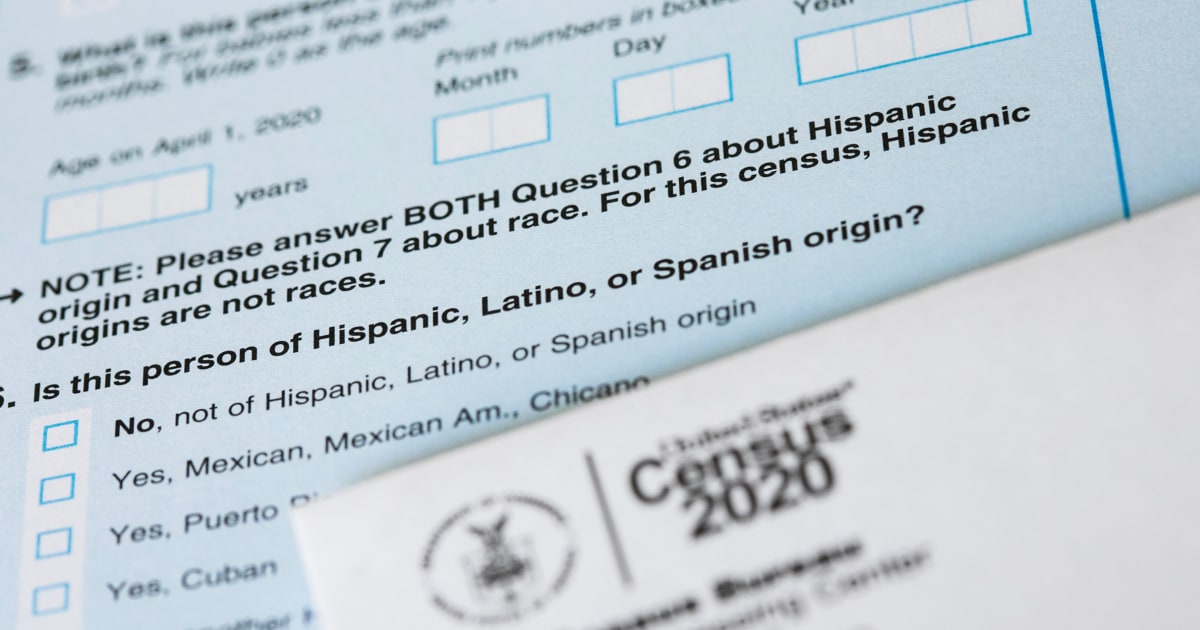Even though Latinos in the U.S. have become more aware of the word “Latinx,” about half of the Hispanic population still has never heard of the gender-neutral alternative, the Pew Research Center found in a study published Thursday.
The number of Latinos who have heard of “Latinx” has nearly doubled since 2019, when only 23% of the Hispanic population reported being aware of it.
Now, almost half of the U.S. Latino population (47%) say they have heard of “Latinx,” according to the study. But increased awareness of it has not made it more popular.
The share of the Hispanic population who use “Latinx” to describe themselves remained statistically unchanged from 2019 to 2023.
Only 3% of the Hispanic population nationwide used the word to describe themselves in 2019, which rose to 4% in 2023. While the percentage may appear low, that is still an estimated 1.9 million people who use “Latinx” to describe themselves, according to the study.
Amid increased visibility, controversies and even bans on the use of “Latinx,” another gender-neutral alternative broke into the mainstream consciousness in the late 2010s: “Latine,” which is often considered a more Spanish-language-friendly version of its predecessor.
But the newer word remains largely unknown among U.S. Hispanics, according to Pew. Seventy-nine percent of Latinos have not heard it; 18% reported that they have.
From “Hispanic” and “Latino” to “Latinx” and “Latine,” the different pan-ethnic terms used to describe people who can trace their roots to Latin American countries and Spain have long been a source of debate as communities grapple with identifying which terms best represent their experiences. But defying racial and ethnic categorizations, often defined in narrow terms, is an indication of how big and diverse the Latino population is becoming.
The word “Hispanic” emerged in the 1960s when Puerto Rican civil rights groups and others, such as the National Council of La Raza, now called UnidosUS, advocated for a way to count people who could trace their roots to Spanish-speaking countries in Latin America, the Caribbean or Spain to identify specific needs and fight for policies that could improve their lives.
The federal government officially adopted the word “Hispanic” as a descriptor for the population in the 1970s — paving the way for other terms, such as “Latino,” “Latinx” and “Afro Latino,” among others, to emerge. But “Latino” is the only other term included on the census form alongside “Hispanic.”
Other key takeaways from the study:
Read the full article here














